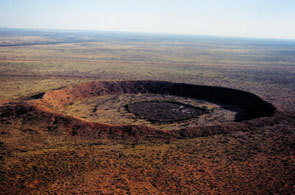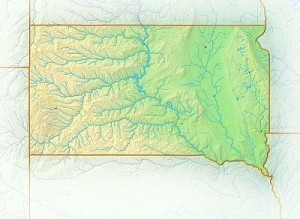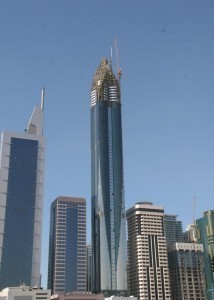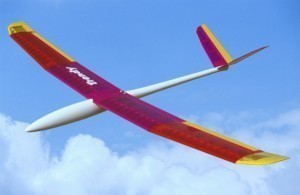How High is Kilimanjaro?
The height of Kilimanjaro is 19,340 feet. It is the tallest mountain in Africa. It is actually the highest freestanding mountain on the planet. It is located 205 miles to the south of the equator. The mountain is at Tanzania’s north border with Kenya.
Composition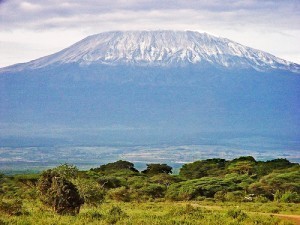
The mountain is made up of 3 extinct volcanoes. They are Shira (13,000 feet), Mawenzi (16,896 feet) and Kibo (19,340 feet). They support five eco-zones: glaciers, alpine desert, moorland, heath, rainforest.
Scientists believe that Kibo attained a height of 5,900 m after its last explosion 360,000 years ago. However, erosion has taken place, resulting in its current height.
Origin of the Name
While the height of Kilimanjaro is well known, the origin of its name is not. The common belief is that it is taken from Kilima, a word translated as mountain. The chagga people residing at the mountain base call the two peaks Kipoo and Kimawenzi.
Geological Information
The tallest point is Uhuru Peak which is 5,895 m (19,341 ft) AMSL (Above Mean Sea Level). Scientifically speaking, the mountain is a stratovolcano. It was created through natural processes millions of years in the past. The formation was in part due to the lava flow from the Rift Valley.
The Shira and Mawenzi peaks are extinct while Kibo is dormant. Although dormant, it may erupt again. The volcano also has fumaroles that produce gas at Kibo. Scientific studies done in 2003 revealed the molten magma is just 1,310 ft (400 m) under the crater summit.
Studies also show that landslides took place on Kibo during its history. One of them was responsible for the creation of the Western Breach.
Trekking Information
The height of Kilimanjaro has made it an attractive site for trekkers. There are half a dozen official trek routes. They are Machame, Umbwe, Shira, Lemosho, Rongai and Marangu. The most beautiful is Machame, although it is difficult compared to the others. The trek will take about a week. The simplest route is via Rongai.
The Marangu is also good for those with little climbing experience. Because they are easy, they can be crowded. The climb is not as difficult as the mountains in the Himalayas, but it does require some effort.
During the 1880s, the Kibo summit was covered with an ice cap. The Western Breech was the site of glacial flows. However, it has been losing some of its ice, probably due to global warming.


